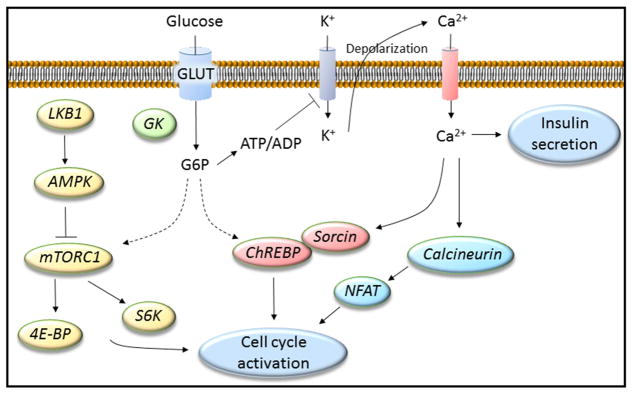Figure 1. Glucose activates multiple pathways to control β-cell proliferation.
Glucose enters the β cell via GLUT transporters and is converted to glucose-6-phosphate (G6P) by glucokinase (GK), the first, committed step of glycolysis. Downstream, the stimulus-secretion coupling pathway, culminating in the accumulation of intracellular Ca2+, regulates insulin secretion but also contributes to β-cell proliferation via calcineurin/nuclear factor of activated T-cells (NFAT) and the carbohydrate-responsive element-binding protein (ChREBP). ChREBP is retained in the cytoplasm by Sorcin at low glucose concentrations but translocates to the nucleus upon glucose stimulation. In parallel, glucose metabolism regulates LKB1/AMPK/mTOR signaling to promote cell cycle activation.

